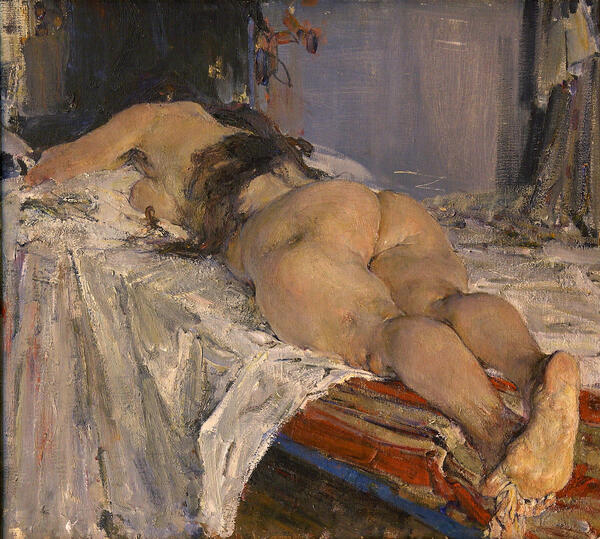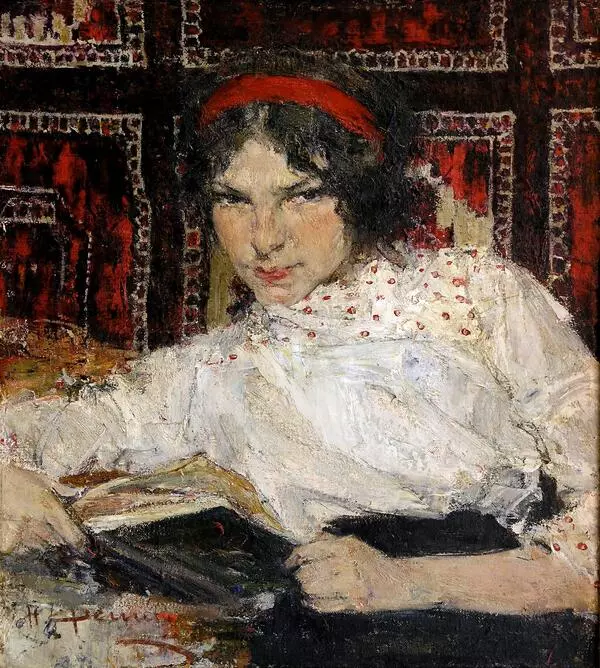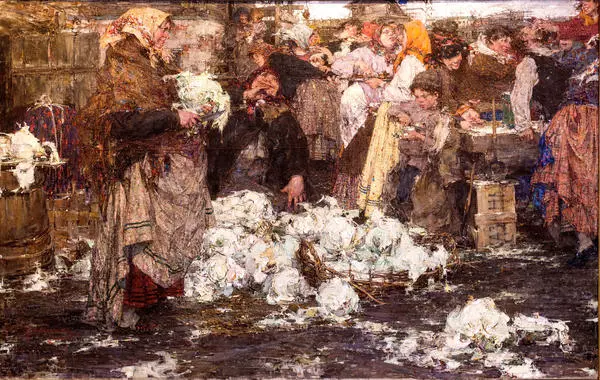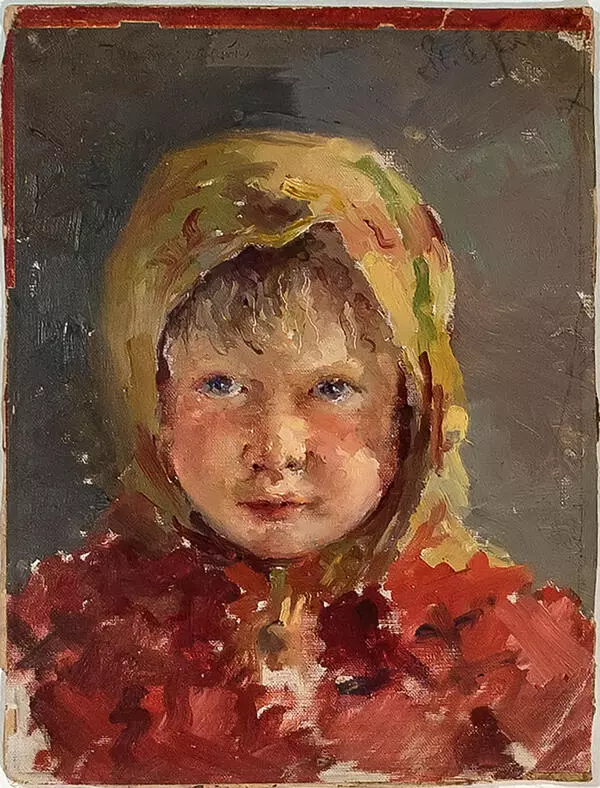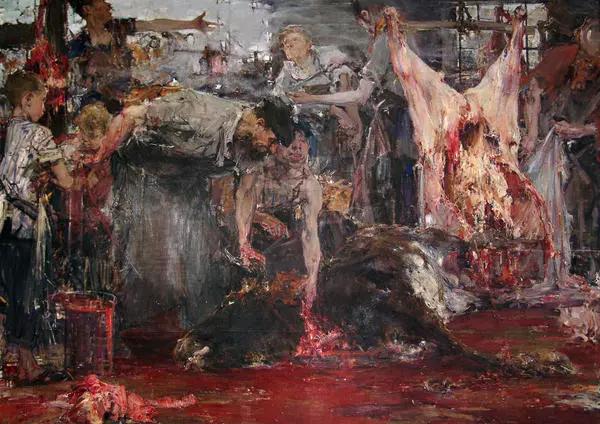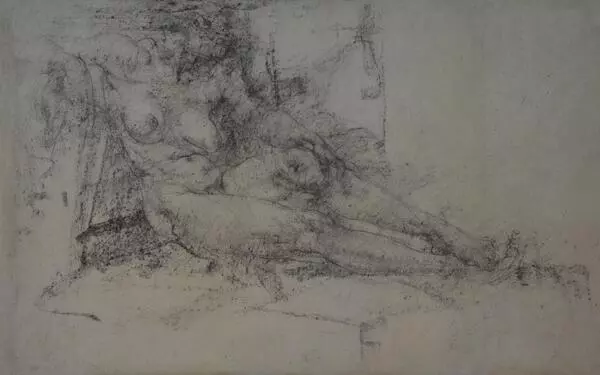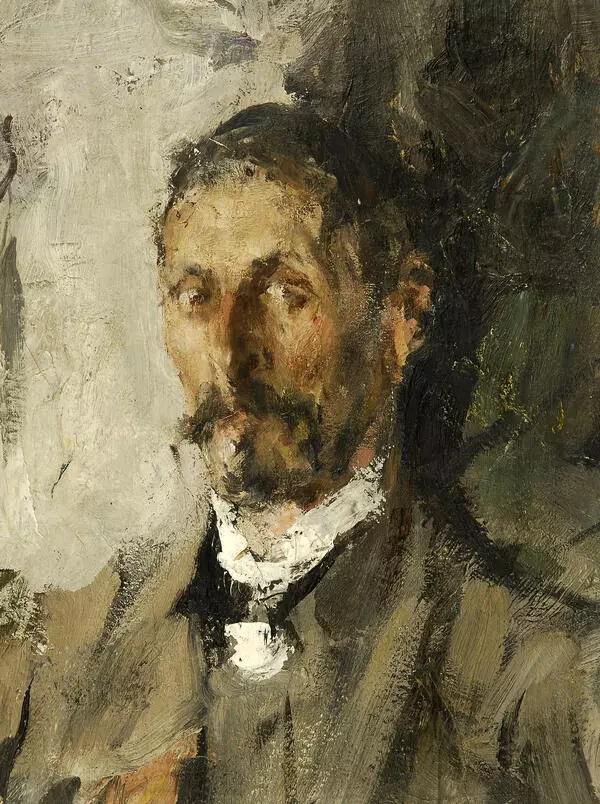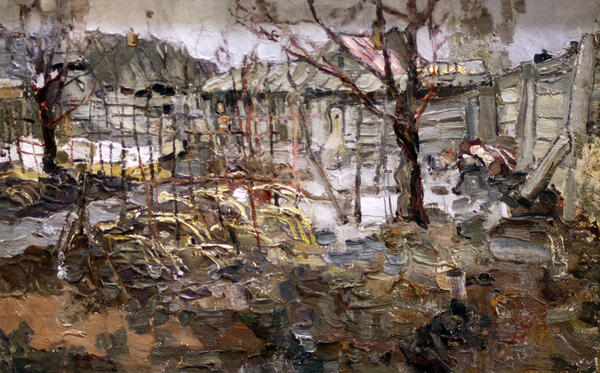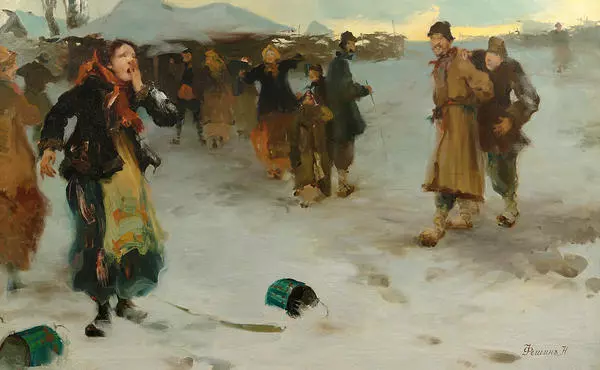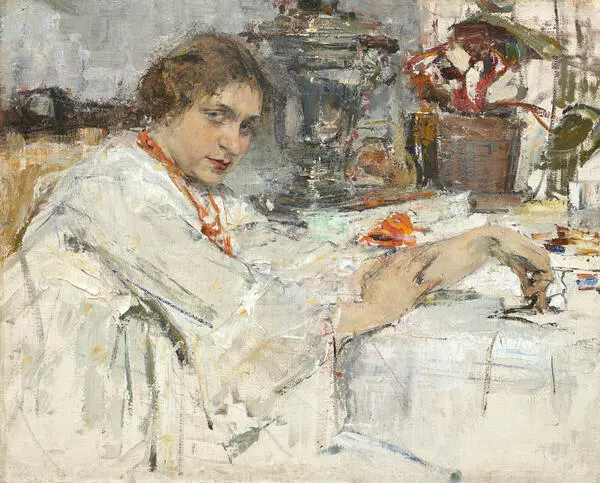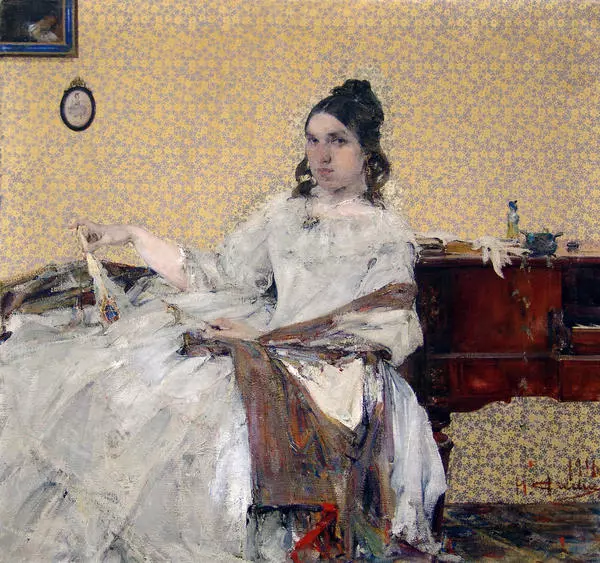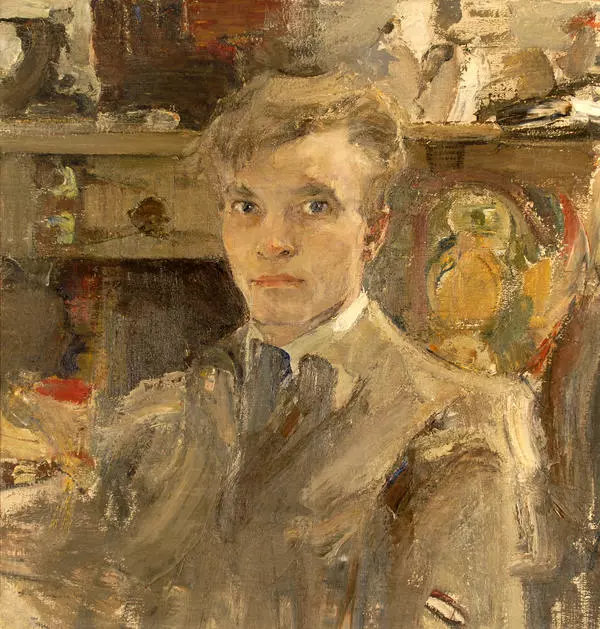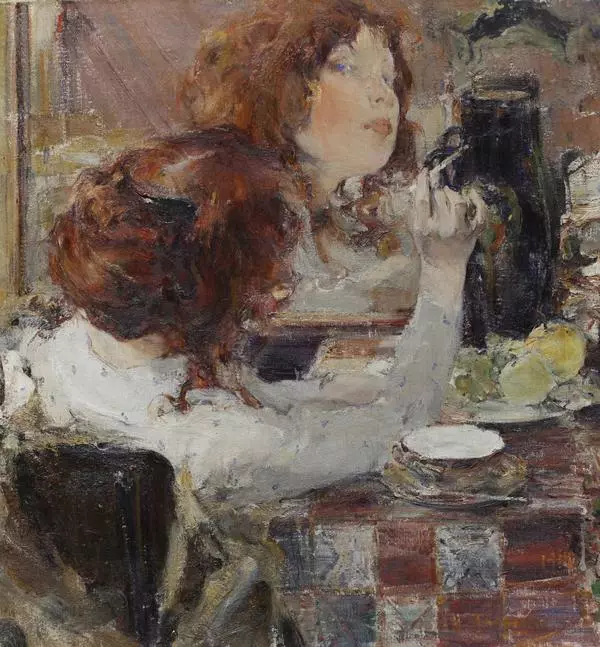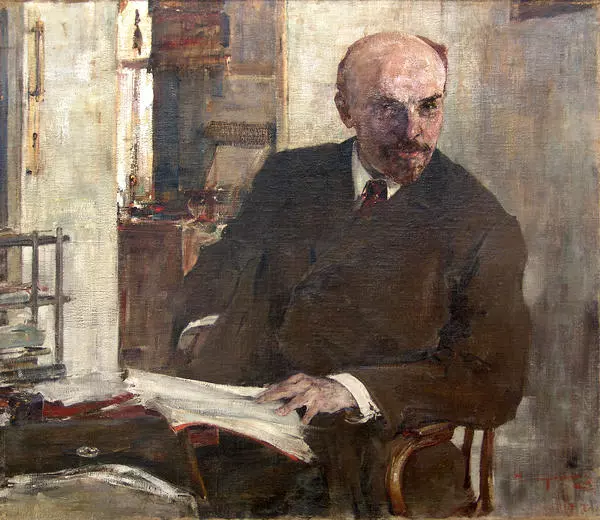Nikolai Ivanovich Fechin was a painter, graphic artist, sculptor and carver, who worked in Impressionism and Art Nouveau styles.
He graduated from the Higher Art School at the Imperial Academy of Arts where he studied in the workshop of the painter Ilya Repin. Afterwards, he returned to Kazan, where he taught at the Kazan Art School.
In 1916, he was elected Academician of the Imperial Academy of Arts. In 1923, he emigrated to the USA, where he lived until his death in 1955.
Nikolai Fechin was famous in Russia and in the United States. He created more than 2000 works, which are in the collections of more than 30 museums in the United States, apart from private collections.
The largest collection of Nikolai Fechin’s works in Russia, totaling 189 paintings, is housed in the Museum of Fine Arts of Tatarstan at the “Khazine” National Art Gallery in the Kazan Kremlin. His art is also exhibited in museums in St. Petersburg, Cheboksary, Kirov, and in private collections.
Fechin’s work was influenced by various phenomena of Russian and foreign culture at the turn of the century. His individual artistic language formed as a result of integration of numerous stylistic trends of the early 20th century.
Nikolai Fechin’s works have the basis of academism, the realism of the Peredvizhniki, and the elements of Impressionism, as well as tendencies of Expressionism and the Art Nouveau style.
A significant influence of Art Nouveau is expressed in the choice of subjects. More often, there are refined female images than male ones. Portraits of socially important personalities were often created by the Peredvizhniki artists.
The painting “Model”, which is displayed in one of the exhibitions of the Alexander Grigoriev Art and History Museum, shows a woman lying on white sheets, her hair loose and scattered on her back.
Nikolai Fechin painted the figure realistically and placed it on the diagonal of the canvas. In doing so, the artist managed to convey the depth of space. Thanks to the background and foreground, as well as the vanishing lines of the perspective, the artist balanced the composition of the work. The white sheet is painted in multicolored and broad strokes, contrasting with the woman’s body.

